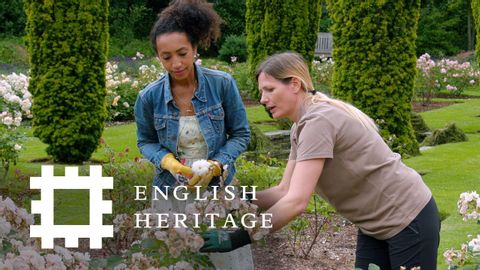歷史上的花園|第三集:埃爾瑟姆宮花園 (Gardens Through History | Episode 3: Eltham Palace Gardens)
Summer 發佈於 2022 年 08 月 26 日  沒有此條件下的單字
沒有此條件下的單字US /ɪnˈkrɛdəbəl/
・
UK /ɪnˈkredəbl/
- adj.難以置信;偉大的;令人難以置信的;難以置信的
US /ɪˈsɛnʃəl/
・
UK /ɪ'senʃl/
US /ˈfæsəˌnetɪŋ/
・
UK /ˈfæsɪneɪtɪŋ/
- v.t.吸引人的;使人神魂顛倒的;(用眼神等)迷住
- adj.迷人的;吸引人的
- n. (u.)魅力
